Flowing water from the bottom of a Samsung washing machine
 One must always be prepared for the fact that your favorite washing machine may break: no household appliance can work forever. But if a randomly flashing display or a locked door only warns of a problem, then the puddle that has arisen under the washer is urgent and serious. It is impossible to lay a rag and continue the cycle: it is necessary to quickly diagnose the source of the leak and fix the problem.
One must always be prepared for the fact that your favorite washing machine may break: no household appliance can work forever. But if a randomly flashing display or a locked door only warns of a problem, then the puddle that has arisen under the washer is urgent and serious. It is impossible to lay a rag and continue the cycle: it is necessary to quickly diagnose the source of the leak and fix the problem.
Despite the frightening water underfoot, you can repair the Samsung machine on your own. It is enough to partially disassemble the unit and carefully examine several “sore points”. The following overview of all possible problems that will cause the washing machine to leak from below will help in this.
Why is this happening?
Not a single washing machine is safe from a sudden leak, and models of even such a trusted and reliable brand as Samsung are no exception. Each machine has its own shortcomings and weaknesses, which over time lead to an accident. Especially if the unit is often, long and carelessly used. If we consider more specifically, the cause of the puddle that may appear may be:
- improper operation of the washer;
- use of unsuitable detergents for the machine;
- mechanical damage to the elements of the machine;
- installation of low quality parts;
- manufacturing defects.
Important! If the problem is in poor-quality parts and a factory defect, then a leak appears almost immediately after repair or assembly of the washer.
A point with mechanical damage to individual parts can be supplemented with a number of elements of the washing machine that are vulnerable to wear. We are talking about a drum, a pump, hoses of a drain system, a cuff, a filler and a discharge pipe, a tank seal and a powder dispenser. It is here that a violation of integrity and tightness most often occurs, which leads to the fact that water flows from the bottom left, front or back. Therefore, it is necessary to check each mentioned component of the device.
Mandatory Initial Actions
Water with any electrical appliance is dangerous for life and health, therefore, having noticed a wet spot near the washing machine, be careful. Take extreme caution and in no case touch the puddle, otherwise there is a high risk of electric shock. First of all, disconnect the machine from the mains as soon as possible, even with an incomplete cycle.
Important! If the outlet is too close to a working machine, it is better to cut off the power supply in the entire room or apartment through the shield.
Further the procedure is as follows:
- We block the water supply to the machine (turn the tap on the pipe).
- We drain the water remaining in the washer through the drain filter.
- We wipe the puddles around.
- Move the machine away from the wall or pull it out of the box (if the machine is built-in).
- We carefully inspect.

For a full inspection of the washing machine, you will have to remove the back or side wall, and in some cases - tilt it on yourself and put a platform under the bottom. It is important to try to remember at what stage of the wash began to leak, then you can significantly narrow the search field. It is recommended to pay attention to the nature of the water: dirty indicates a leak in the middle of the cycle, and clean at the beginning or end. Next, we carefully study each possible “culprit”.
Check the hose of the bay
The first in line to check the inlet hose, which most often becomes the source of a mini flood. There are many reasons for this outcome: mechanical damage to the rubber, compression, wear, premature wear and poor fixation at the joints. Accurately determine the cause will help visual inspection.
Important! You can check the water inlet hose without plugging the machine into the network.
- Remove the back and top cover from the unit.
- We tilt the machine forward and put something solid under the bottom.
- Inspect the hose for cracks, abrasions, cracks at the joints.
- If there is no visible damage, wipe dry the entire surface.
- Turn on the water and try to notice drops or splashes.
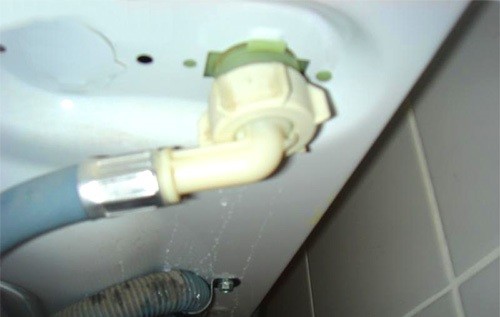
Dryness will clearly show that the rubber is intact and does not need to be replaced. Otherwise, the leakage site will “betray” itself. It should be borne in mind that the hose for water inlet is under pressure, therefore it is not enough to glue the crack or wrap it with sealant - a full replacement of the element is necessary. If the leak occurs due to leaks at the joints, then you can fix the problem by changing the gasket and tightening it thoroughly.
If there is wastewater on the floor
When the water under the machine is not clean, but dirty, it is worth recognizing that the inlet hose is not to blame. A darkish liquid indicates a leak in the lower parts of the machine: tank, pipes, pump or drain system. Let's start by checking the drain: why just start the drain or rinse mode on the washer and take a closer look. If the situation repeats, we seal the cracks in the hose with a rubber patch or replace it with a new one.
It is easy to purchase a fully functional hose, since the vast majority of Samsung drainage system elements have standard dimensions and are available in all plumbing stores. We pay special attention to the connection points with the pump, the cochlea and the siphon. It is likely that the fixation has weakened. The solution will be to replace the gaskets, reinforce the mounts with an additional clamp and use waterproof seals.
Check the dispenser nozzle
Pure water may indicate a problem with the dispenser nozzle. It’s easy to check the assumption: we open the detergent tray and evaluate the quality of their washing off. The powder that is not completely washed out indicates a leaky pipe through which water enters the dispensary from the inlet valve. Now we fix the problem, for which it is necessary:
- disconnect the washer;
- provide free access to the machine;
- remove the top cover;
- find fittings suitable for the powder receiver;
- replace hoses if they are wet or have external damage;
- tighten loose clamps;
- assemble a typewriter.
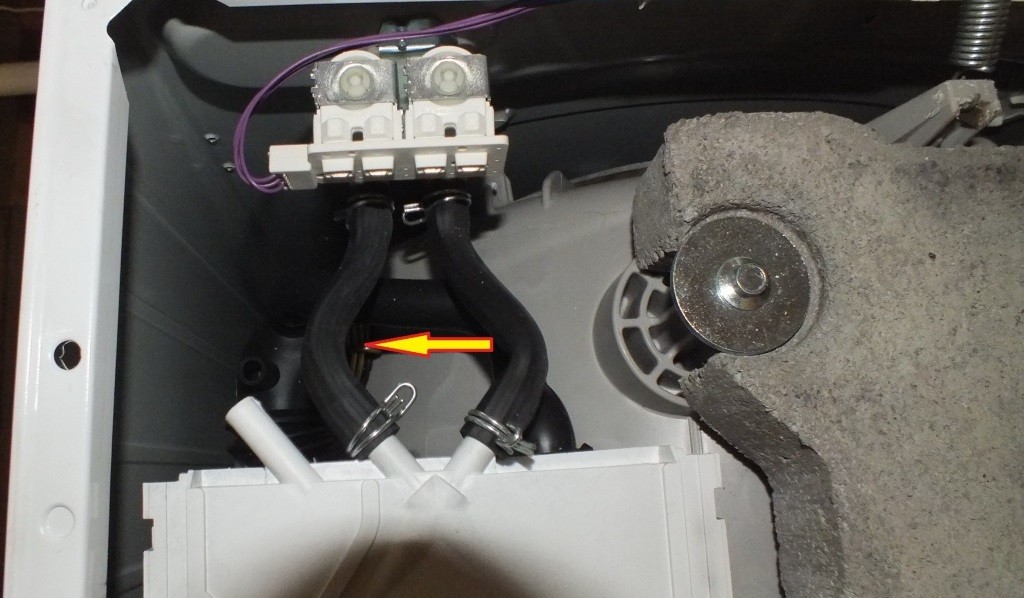
Such a breakdown makes itself felt from the very start of the cycle, when water begins to flow into the powder tray. The difficulty is that the low pressure and small volumes make the flow almost invisible. Therefore, it is important to periodically inspect the machine during washing.
Maybe it's in the drain pipe
Rarely, a drain pipe located underneath the drum may leak. Its peculiarity is that there is always liquid in it, so the puddle does not stop filling even after the washing machine stops and the water supply stops. If you notice that the leak does not stop, then the problem is precisely in it.
To eliminate the trouble, it is not necessary to contact the service department. Almost every owner of a Samsung washing machine is capable of replacing. It is enough to drain the water through the trash filter, turn the housing on its side and carefully examine all the supply channels. Replacement parts are bought at a regular store, and loose clamps are pulled by hand.
At the same time, let's see the pump
Here we also check the drain pump. To do this, disconnect the pump from the cochlea and the nozzle, clean it from the garbage and replace it with a new one. Do not neglect the accumulated dirt - it is often it is a source of damage to the part.
When the pump is not suspicious and looks whole, clean and functioning, pay attention to the snail. There should be no cracks or water on its surface. If there are any, most likely, due to factory defects, the coil burst and began to drop drops. Only replacement for an undamaged part will help here.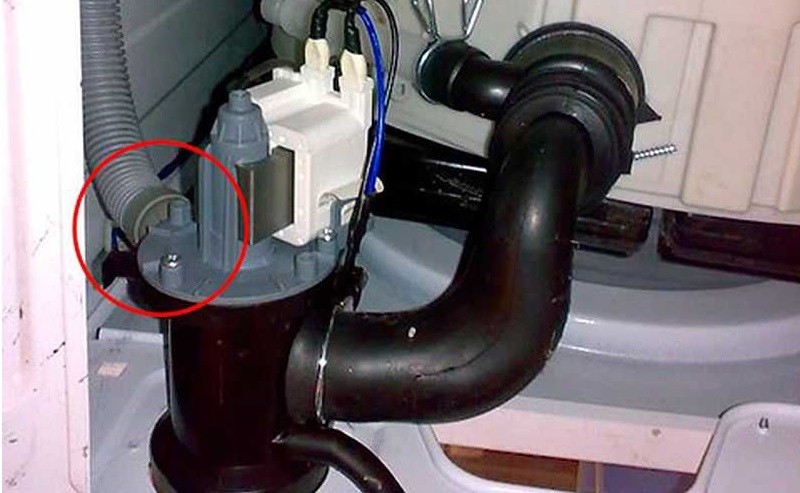
Worse if tank wall is damaged
If the puddle is big and the water is soapy, then the chances are good that a drum let you down. More precisely, cracks formed on its walls, and a leak began.This is easy to explain: the tank often suffers from foreign objects, congestion during the spin cycle and a defective heater.
A visual inspection of the inside of the washing machine will confirm the assumption, where it is important to check if there are droplets on the underside of the bottom. You need great eyesight and a flashlight. The front-loading washing machine is installed at an angle of 20-30 degrees, and the side wall is removed from the vertical one, after which we try to make out the accumulated water.
You can repair it yourself, but a special moisture-resistant glue will repair the crack only for a while. Installing a new tank will solve the problem, for which it is better to call a specialist from the service department. For the drum, which consists of two halves, the option of replacing the gasket is also possible, which will also make the master more reliable and better.
Check the powder receptacle and cuff
The following sources of leakage are the powder receptacle and cuff. Moreover, the problem often lies not in their wear and tear, but in the carelessness and negligence of the owners. So, the powder tray is easily clogged with improperly selected powder or if a foreign object enters the dispenser. In these cases, it is necessary to carefully clear the hopper from congestion. The lack of control over the pressure of the supplied water and the functioning of the inlet channel is also widespread. If you reduce the pressure, the jet will have time to merge and not leak out.
Foreign solid objects entering the drum and coarse unloading / loading of laundry are fraught with a damaged cuff.
Any damage to the sealing gum in the doorway of the washing machine violates the tightness of the tank, which leads to leaks. Water flows only from the front wall of the body, however, the illusion of leakage from below is created. It is strictly forbidden to stick and patch the damaged seal - a full replacement is necessary.
We will protect the machine from leaks
Many problems when using Samsung washing machines can be avoided, especially when it comes to leaks. Water will remain in the proper place inside the tank if the owner of the washer complies with the prescribed operating rules and takes care of the unit. Remember that the machines have increased wear resistance, and most breakdowns occur due to external negligence and carelessness. Most of these problems can be prevented by regularly following a few simple recommendations.
- Use special laundry bags with metal objects and small parts.
- During washing, control the operation of the unit in order to fix the leakage earlier.
- Always unplug the unused machine from the power supply to prevent negative impact on the equipment during a thunderstorm.
- Install the machine in rooms with low humidity.
- After each series of cycles, check the cuff, powder receptacle and run the “empty” mode for cleaning.
- Do not exceed the maximum allowable weight when loading laundry.
- Establish a filtration system if the water supply is too hard.
- Choose the right powder for the specific model.
- Every two months, clean the drain hose and pump to avoid blockages.
Knowing what to do when a puddle forms under the machine, you can avoid flooded neighbors, a damaged washing machine and electric shock. Moreover, you do not have to wait for a specialist and pay for repairs - the vast majority of problems that cause leakage are solved on their own. The main thing is not to deviate from the instructions given, carefully inspect the details and act as carefully as possible.
Interesting:
Reader Comments
- Share your opinion - leave a comment
Headings
Washing machine repair


For buyers
For users

Dishwasher

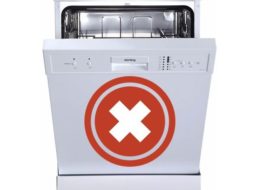
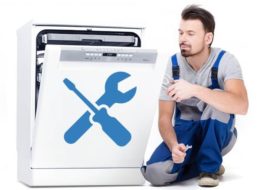


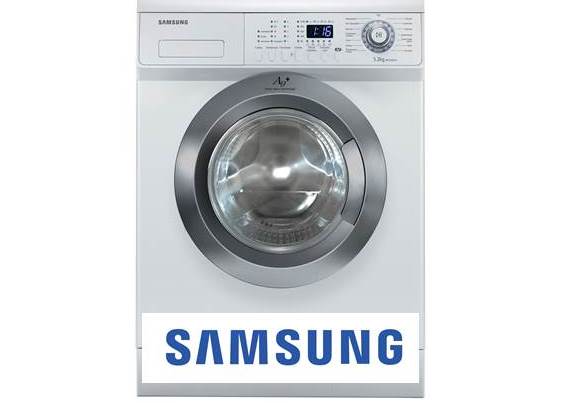
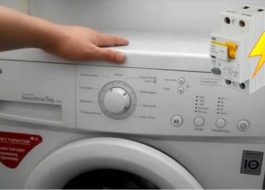











Add a comment